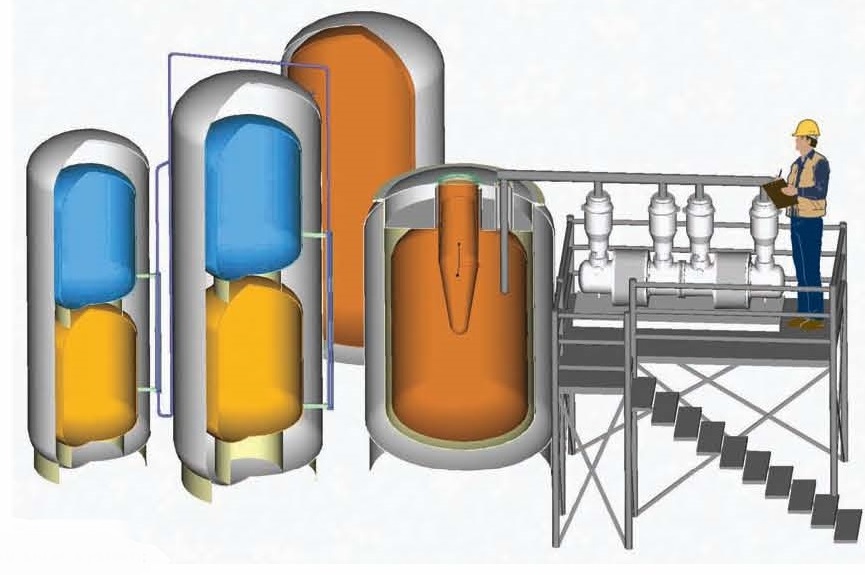welcome
ADI Solar Corp. has designed a revolutionary high-temperature thermal storage solution which provides dispatchable energy using the remarkable chemical energy storage capacity of calcium hydride. ADI Solars ingenious system provides a solution for reversibly storing energy from any high temperature thermal source such as solar or nuclear. The heat energy is stored chemically when it is used to separate calcium hydride into its constituent components; calcium and hydrogen. This energy can then be reclaimed as heat by allowing the calcium and hydrogen to recombine to form calcium hydride in an exothermic (heat producing) chemical reaction. In this way, heat energy can be stored and recovered at need for use in generating electricity. The storage system can be used to provide variable power output from constant power sources (such as nuclear) or to provide steady power output from variable power sources (such as solar).
The result is a revolutionary breakthrough to store heat for true 24/7 baseload energy production and/or to add load following capability to existing baseload capability. It is an enabling technology to make renewable energy a competitive alternative.



